Sphere of influence
How far do honey bees fly? An easy enough question, but one that is not straightforward to answer.
Does the question mean any honey bee i.e. workers, drones or the queen? As individuals, or as a swarm?
Is the question how far can they fly? Or how far do they usually fly?
Why does any of this matter anyway?
Ladies first …
Workers
The first definitive experiments were done by John Eckert in the 1930’s. He located apiaries in the Wyoming badlands at increasing distances from natural or artificial forage {{1}}. Essentially the bees were forced to fly over a moonscape of rocks, sand, sagebrush and cacti to reach an irrigated area with good forage. He then recorded weight gain or loss of the hives located at various distances from the forage.
The original paper can be found online here (PDF). The experiments are thorough, explained well and make entertaining reading. They involved multiple colonies and were conducted in three successive years.
Surprisingly, Eckert showed that bees would forage up to 8.5 miles from the colony. This means they’d be making a round trip of at least 17 miles – and probably significantly more – to collect pollen and nectar.
However, although colonies situated within 2 miles of the nectar source gained weight, those situated more than 5 miles away lost weight during the experiments.
Therefore, bees can forage over surprisingly long distances, but in doing so they use more resources than they gain.
John Eckert was the co-author (with Harry Laidlaw) of one of the classic books on queen rearing {{2}}. His studies were probably the first thorough analysis of the abilities of worker bees to forage over long distances. Much more recently, Beekman and Ratnieks interpreted the waggle dance (PDF) of bees to calculate foraging distances to heather. In these studies, only 10% of the bees foraged ~6 miles from the hive, although over 50% travelled over 3.5 miles.
Queens
Queens don’t get to do a lot of flying. They go on one or two matings flights, perhaps preceded by shorter orientation flights, and they might swarm.
I’ll deal with swarms separately. I’ll also assume that the orientation flights are no greater than those of workers (I don’t think there’s any data on queen orientation flight distance or duration) at no more than ~300 metres {{3}}.
On mating flights the queen flies to a drone congregation area (DCA), mates with multiple drones and returns to the colony. DCA’s justify a complete post of their own, but are geographically-defined features, often used year after year.
There are a number of studies on queen mating range using genetically-distinguishable virgin queens and drones in isolated or semi-isolated locations. They ‘do what they say on the tin’, drone congregate there and wait for a virgin queen
In the 1930’s Klatt conducted studies using colonies on an isolated peninsula and observed successful mating at distances up to 6.3 miles
Studies in the 1950’s by Peer demonstrated that matings could occur between queens and drones originally separated by 10.1 miles {{4}}. These studies showed an inverse relationship between distance and successful mating.
More recently, Jensen et al., produced data that was in agreement with this, with drone and queen colonies separated by 9.3 miles still successfully mating {{5}}.
However, this more recent study also demonstrated that more than 50% of matings occurred within 1.5 miles and 90% occurring within 4.6 miles.
Just because they can, doesn’t mean they do 🙂
Drones … it takes 17 to tango …
Seventeen of course, because that’s one queen and an average of 16 drones 😉
There’s a problem with the queen mating flight distances listed above. Did the queen fly 9 miles and the drone fly just a short distance to the DCA?
Or vice versa?
Or do they meet in the middle?
Do queens choose {{6}} to fly shorter distances because it minimises the risk of predation and because they are less muscle-bound and presumably less strong flyers than drones?
Alternatively, perhaps drones have evolved to visit local DCAs to maximise the time they have aloft without exhausting themselves flying miles first?
Or getting eaten.
It turns out that – at least in these long-distance liaisons – it’s the queen that probably flies further. Drones do prefer local DCAs {{7}} and most DCAs are located less than 3 miles from the ‘drone’ apiary {{8}}.
Swarms
I’ve discussed the relocation of swarms recently. Perhaps surprisingly (at least in terms of forage competition), swarms prefer to relocate relatively near the originating hive. Metres rather than miles.
The sphere of influence
Effective foraging – in terms of honey production (or, for that matter, brood rearing) – occurs within 2-3 miles of the hive. This distance is also the furthest that drones usually fly to occupy DCAs for mating.
Queens can fly further, but it’s the law of diminishing returns. Literally. The vast majority of matings occur within 5 miles of the hive.
In fact, other than under exceptional circumstances, a radius of 5 miles from a colony probably represents its ‘sphere of influence’ … either things that can influence the colony, or that the colony can influence.
Why does this matter?
Worker flight distances are relevant if you want to know the nectar sources your bees are able to exploit, or the pollination services they can provide. In both cases, closer is better. It used to also be relevant in trying to track down the source of pesticide kills, though fortunately these are very much rarer these days.
Workers not only fly to forage on plants and trees. They also fly to rob other colonies. I don’t think there are any studies on the distances over which robbing can occur, but I’ve followed bees the best part of a mile across fields from my apiary to find the source of the robbing {{9}}.
All of these movements can also transport diseases about, either in the form of phoretic Varroa mites piggybacking and carrying a toxic viral payload, or as spores from the foulbroods.
Drone and queen flight distances are important if you’re interested in establishing isolated mating sites to maintain particular strains of bees. My friends in the Scottish Native Honey Bee Society have recently described their efforts to establish an isolated queen mating site in the Ochil Hills.
And I’m interested as I now have access to a site over 6 miles from the nearest honey bees in an area largely free of Varroa.
It’s not the Wyoming badlands, but it’s very remote 🙂
{{1}}: Eckert, JE, The flight range of the honeybee, Journal of Agricultural Research, 47:257-285 (1933)
{{2}}: Imaginatively entitled Queen rearing and published in 1950 by Dadant & Sons.
{{3}}: Capaldi, EA et al., (2000) Ontogeny of orientation flight in the honeybee revealed by harmonic radar. Nature 403:537-540
{{4}}: Peer DF & Farrar CL (1956) The mating range of the honey bee. Journal of Economic Entomology 49: 254–256 and Peer DF (1957) Further Studies on the Mating Range of the Honey Bee, Apis mellifera. The Canadian Entomologist 89:108-110.
{{5}}: Jensen AB et al., (2005) Quantifying honey bee mating range and isolation in semi-isolated valleys by DNA microsatellite paternity analysis. Conservation genetics 6:527-537.
{{6}}: By which I mean ‘Have they evolved?’
{{7}}: Koeniger N. et al., (2005) The nearer the better? Drones (Apis mellifera) prefer nearer drone congregation areas. Insect. Soc. 52:31-35.
{{8}}: Ruttner H. (1976) Investigations on the flight activity and the mating behavior of drones. VI. Flight on and over mountain ridges. Apidologie. 7:331–341.
{{9}}: b’stards.
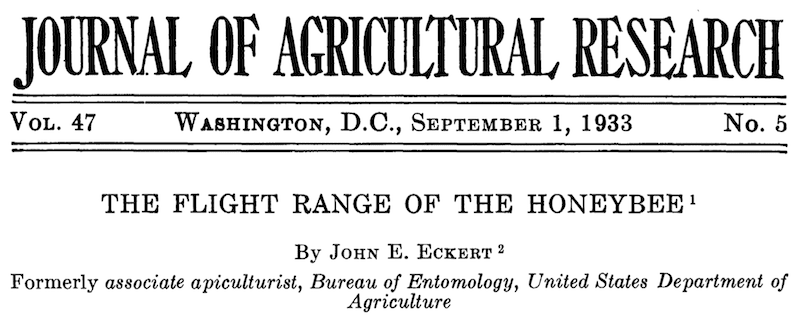
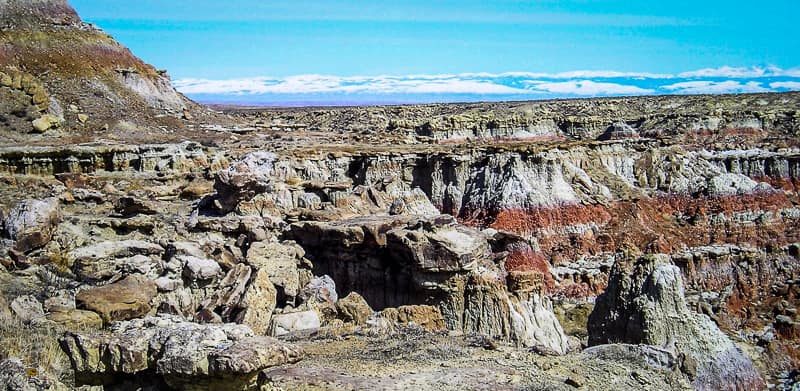
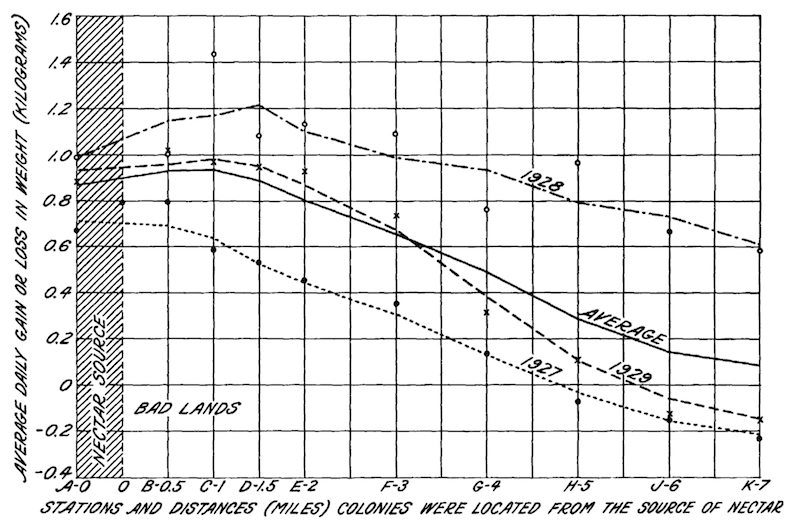

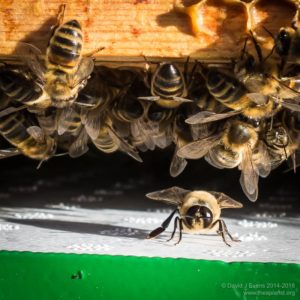
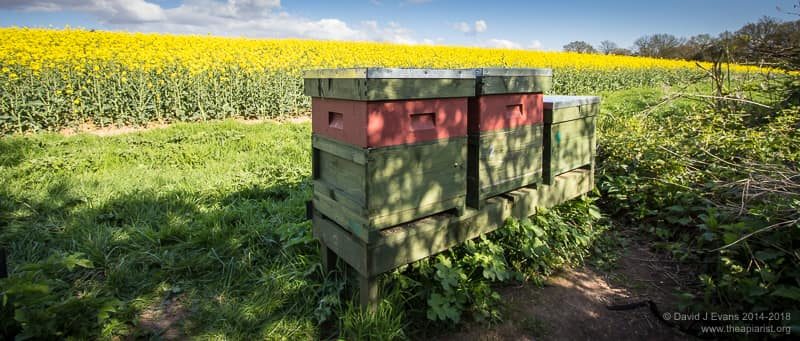
Join the discussion ...